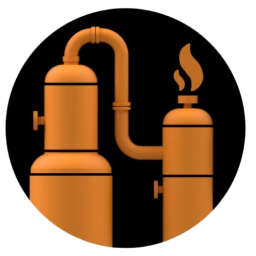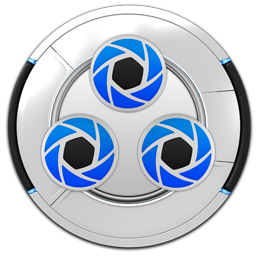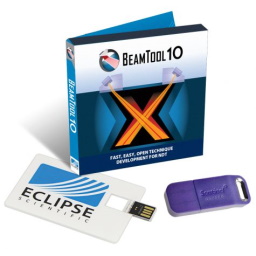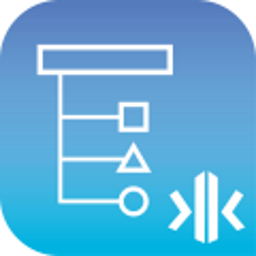 Static Equipment Generator (SEG) 6.07
Static Equipment Generator (SEG) 6.07
Static Equipment Generator (SEG) is an advanced software tool designed to simplify the modeling and detailed design process for static equipment used in the oil, gas, petrochemical, and related industries. Static Equipment Generator (SEG) is a standalone software application that runs on the Autodesk® Inventor® platform. Using Inventor's powerful CAD modeling and design capabilities to create detailed 3D models and manufacturing drawings for static equipment, SEG provides engineers and designers with a user-friendly interface to efficiently create high-quality 3D models, 2D drawings, and Bills of Materials (BOMs).
SEG addresses the specific needs of static equipment manufacturers, providing tools and features that automate complex design tasks, minimizing errors human and industry standards, while leveraging Inventor's powerful capabilities as a modeling and design tool.
Key Features
- Comprehensive Component Library: Includes a wide range of predefined components such as housings, nozzles, flanges, brackets, and heads, which can be customized to meet project-specific requirements.
- Automated Design Workflow: Automate the creation of 3D models, assemblies, and manufacturing drawings, significantly reducing manual design effort and time.
- Fabrication-Ready Drawings: Generate accurate 2D drawings, including annotations, dimensions, and section views, directly from the 3D model for manufacturing purposes.
- Bill of Materials (BOM): Automatically generate a BOM with detailed information about part specifications, quantities, and materials.
- Standards Compliance: Supports industry standards such as ASME and API, ensuring compatibility with global design and manufacturing requirements.
- Customization and Flexibility: Allows users to define custom templates and settings, helping to adapt to a variety of project workflows.
- Stepwise 2.2.6
 A user-friendly option to automate repetitive tasks in daily work processes
A user-friendly option to automate repetitive tasks in daily work processes - Plexim Plecs Standalone 4.9.5
 Provides a comprehensive platform for modeling and simulating complex power electronic systems
Provides a comprehensive platform for modeling and simulating complex power electronic systems - NCH Express Invoice Plus 9.46
 Software create invoices you can print, email or fax directly to clients for faster payments
Software create invoices you can print, email or fax directly to clients for faster payments - Keyshot Network Rendering 2025.1 v14.0.0.176
 Easily distribute rendering tasks across multiple computers to reduce rendering time for large and complex 3D scenes
Easily distribute rendering tasks across multiple computers to reduce rendering time for large and complex 3D scenes - Investment Account Manager Pro 3.4.1
 The software offers extensive portfolio management and investment tracking tools
The software offers extensive portfolio management and investment tracking tools - GibbsCAM 2026 v26.0.49
 A full-featured CAM system provides powerful CNC programming capabilities to optimize manufacturing production
A full-featured CAM system provides powerful CNC programming capabilities to optimize manufacturing production - BeamTool 10.1.1.44
 Provides tools to improve the proficiency and accuracy of ultrasonic testing
Provides tools to improve the proficiency and accuracy of ultrasonic testing - BarTender Designer 2021 R1 Enterprise v11.2
 Software to automate product labels and barcodes to promote and enhance product branding
Software to automate product labels and barcodes to promote and enhance product branding - ASDIP Retain 6.0.0.0
 Software for designing, analyzing, testing and optimizing engineering structures, a set of modules for steel columns, concrete walls
Software for designing, analyzing, testing and optimizing engineering structures, a set of modules for steel columns, concrete walls - ARKANCE CZ (CAD Studio) Class Feeder 2.0.1.0
 An Autodesk Revit plugin developed to categorize components in Revit projects
An Autodesk Revit plugin developed to categorize components in Revit projects